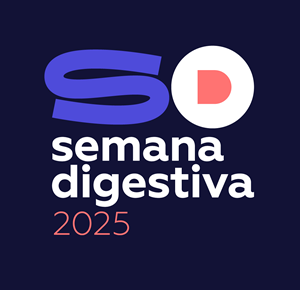Methods:We developed, trained, and validated a CNN based on CE images. Each frame was labelled after a consensus of three experts in CE according to the quality of bowel preparation: excellent –≥ 90% of visible mucosa; satisfactory – 50 to 90% of visible mucosa; unsatisfactory – < 50% of visible mucosa. A training dataset was used for development of the model and the performance of the network was evaluated using an independent dataset. The CNN’s output was compared to the classification provided by the experts. The performance of the CNN was measured by the area under the curve (AUC), accuracy, sensitivity, specificity, positive and negative predictive values (PPV and NPV, respectively).
Results:A total of 5070 CE images were included: 1570 labelled as excellent (E) bowel preparation; 2150 with satisfactory (S) bowel preparation and 1350 with unsatisfactory (U) bowel preparation. The model had an overall accuracy of 94.3%, a sensitivity of 93.6%, a specificity of 93.1%, a PPV of 92.6% and NPV of 95.7% for differentiation of classes of bowel preparation.
Discussion:We developed a CNN-based model for automatic classification of bowel preparation in CE exams base on a simple quantitative scale. The development of systems for automatic assessment of bowel preparation in CE may improve the reliability and reproducibility of bowel preparation scales.

 Semana Digestiva 2025 | Todos os direitos reservados
Semana Digestiva 2025 | Todos os direitos reservados